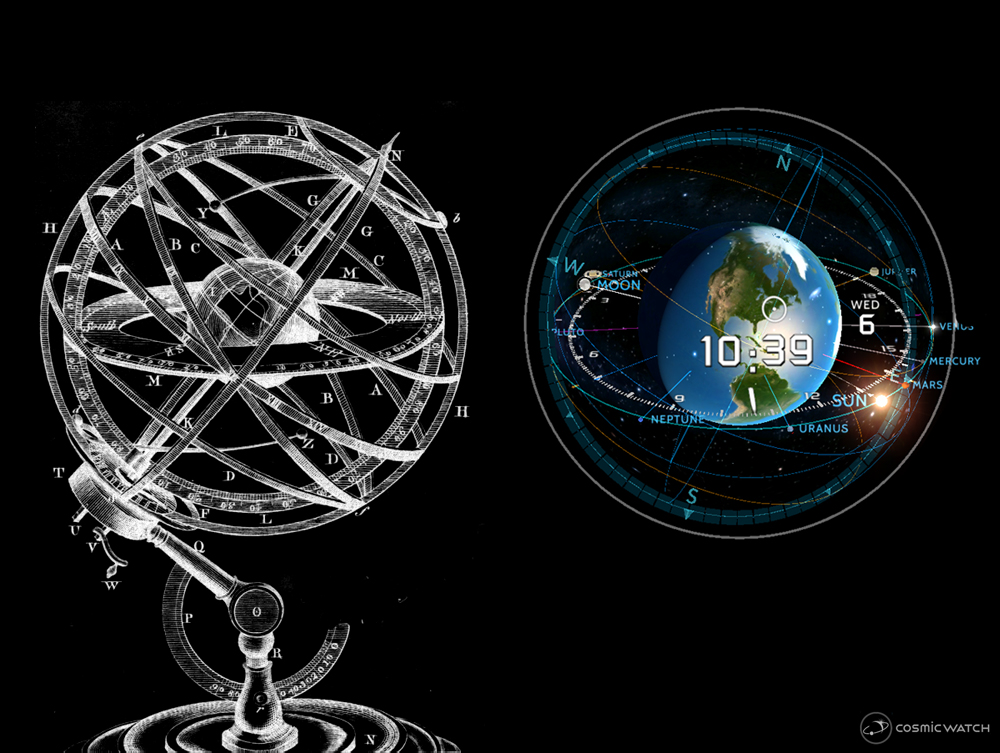History of astronomical instruments
Keeping an eye on the heavens helps to keep track of time and events on the Earth. All the calendars and astronomical instruments rely on the sun and the moon, the two most important astronomical bodies for us on planet earth..
Astronomy also plays an essential role in the organization of societies in general. Understanding the cycles of the sun and the moon was an essential condition for the development of our agricultural societies. Stonehenge is an example of the knowledge of the sky in prehistoric times. It was built on the basis of high-end mathematics and geometry and is aligned with the rising and setting of the sun and served as astronomic observatory.

Stonhenge Solstice
Also religious dates are usually related to astronomical events. In Islam, they still use the moon calendar. As a result, the Islamic religious festivals happen on different dates every year. Ancient Egyptians and Mayans built observatories. The Egyptian obelisks for instance were used as shadow clocks. The citizens could divide the day into two parts and also into hours by following the obelisk’s shadow.
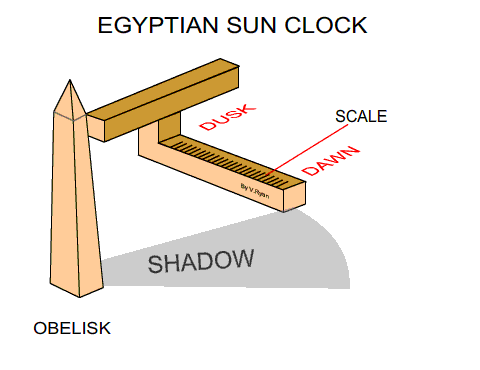
www.technologystudent.com

Temple at Luxor in 1867 by Félix Bonfils
The Mayan had astronomical codices which allowed them to calculate moon phases and eclipses. They had a vast knowledge of the ecliptic, the zodiac as well as the Milky Way. Mayan priests recorded astronomical observations for centuries, noting the positions of stars and planets with incredible precision.

Mayan Compass
Most ancient cultures observed and worshipped the sky and tried to understand it.
In the year 276 B.C, Eratosthenes invented the armillary sphere. It was used to demonstrate the motion of the stars around the earth. It has been updated, reinvented and widly used until the present day to determine celestial positions.
The Antikythera Mechanism was probaly invented by Archimedes in the 100 B.C . It’s an analogic computer with a geocentric model. The Sun turns around the Earth like a 24 hours analog dial. It is able to predict moonphases and eclipses. This instrument remained in the bottom of the sea more than thousend years . After this mechanism no new instruments aproaching this complexity were invented in Europe until the renaissence.

Antikythera Mechanism: BBC 4 documentary
It is interesting to note that the Middle East was a couple of centuries ahead of Medieval Europe on this subject area. The Astrolabe was widely used in the medieval Islamic world . This was an analog calculator that allowed users to determine the time accurately by looking at the stars. This instrument helped to schedule morning prayers, and to determine local time with local latitude by triangulation and the development of accurate calendars.
This knowledge was used by governments to make sure that tax collectors did not try to collect taxes before the harvest was in. True astrolabes were made before 400 A.D. and were highly developed in the Islamic world by 800 A.D. and were introduced to Europe from Islamic Spain (al-Andalus) in the early 12th century.
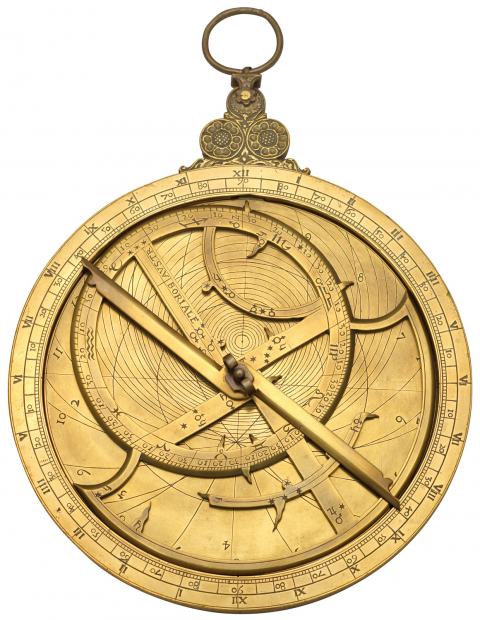
Georg Hartmann, Astrolabe, Nuremberg, 1540. Laiton. Adler Planetarium & Astronomy Museum, Chicago, Illinois, M-22. Photo: Adler Planetarium & Astronomy Museum
The first astronomical clocks were built in the 13th century. Special mechanisms and dials were used to display astronomical information such as the relative positions of the sun, moon, zodiacal constellations, and sometimes major planets. European astronomical clocks are derived from the technology of the Antikythera mechanism. During the Islamic golden age and in Asia complex mechanisms such as water clocks were made.
“Most of the first clocks were not so much chronometers as exhibitions of the pattern of the cosmos … Clearly the origins of the mechanical clock lie in a complex realm of monumental planetaria, equatoria, and geared astrolabes” Lynn White Jr., medieval researcher
Some of these master timepieces are still working today.

Prage1410 by clockmaker Mikuláš of Kadaň and Jan Šindel,
Then, in the year 1582, the Gregorian calendar was introduced, which is still in use today. Following the discovery of the New World and with the beginning of the Renaissance, new instruments were developed. The Clockwork armillary sphere with its countless functions is a complex mechanism that could display the day of the month, the hour, and even planetary motions. This branch of presicion engineering was cultivated before Galileo and reflects the great interest in celestial phenomena, not only related to navigation but also to the advenment of a new cosmology or understanding of the universe. This new knowledge lead to new questions about the religious establishment.
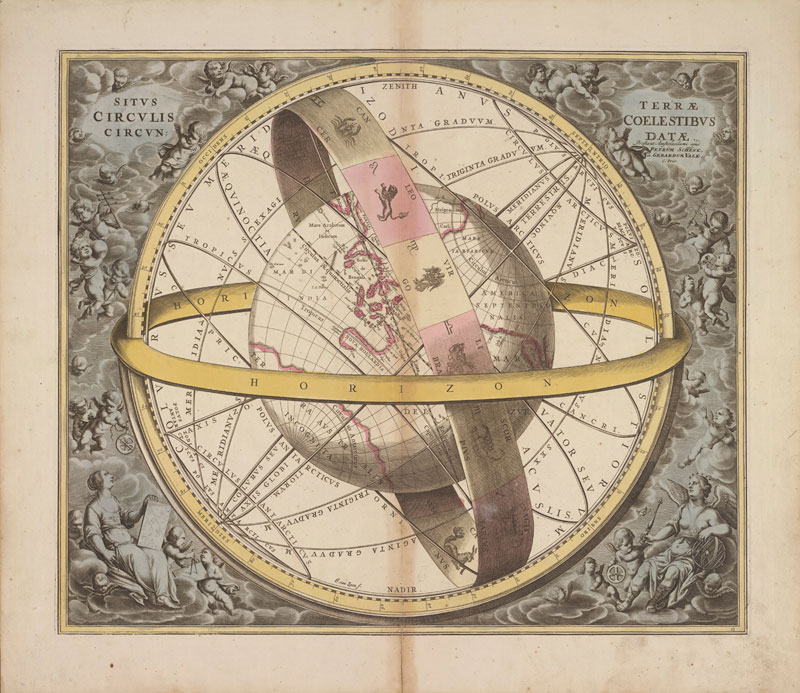
Chart from the mid-seventeenth century featuring great circles. Photo courtesy: Library and Archives Canada, e010771316
The development of new astrological instruments served to popularize astronomic knowdlege. The pieces were built for demonstration, exhibition and education purposes. An example is the Orrery. This is a mechanical device that illustrates or predicts the relative positions and motions of the planets and moons in the solar system in a heliocentric model.

A 1766 Benjamin Martin Orrery, used at Harvard
Furthermore, celestial spheres were used in navigation and became popular for long expeditions overseas. We can find engraved copper spheres from the period following the discovery of the New World until the 18th century. Celestial objects fixed to the inside of a sphere helped to situate and predict star positions in the sky.

Celestial Sphere, 18th century. Brooklyn Museum.
During the 17th century, artisans and scientists introduced a new tool for studying the heavens: The telescope. Its development and improvement during the following centuries transformed this object into the most popular and essential instrument to explore the sky. It was one of the instruments of the scientific evolution and soon became astronomersʼ most essential tool.

engravings by Johannes Hevelius (1611-87)
The invention of the telescope was required before astronomy was able to develop into a modern science. Thanks to the telescope, we learned what the objects in space looked like. In addition, 25 years ago, the Hubble Space Telescope was launched into the earth’s atmosphere and its discoveries have in many ways revolutionized modern astronomy.
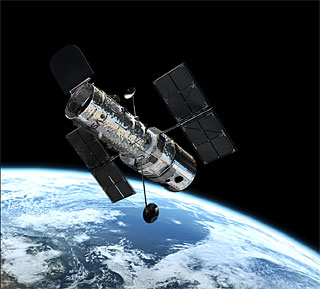
Hubble Space Telescope
Astronomy is one of the few sciences in which amateurs can still play an active role. And they continue to make scientific contributions to the field.

Amateur picture Messier 81 + 82 and NGC 3077 all of the M81 10/03/2015, 23:16:59 Autor Skatebiker
Improvements in digital technology have allowed amateurs to make impressive advances in photography and understanding the sky. And they are also one of the reasons why a new device like the COSMIC WATCH could be launched. It provides users who would like to understand the sky with more knowledge about the cycles of the moon and the earth, they can keep track of objects in the sky, recognize stars and constellations and even predict cosmic events. It is a digital tool that combines the functions of the most famous astrological instruments and puts the knowledge of time as a cosmic rhythym in our hands.
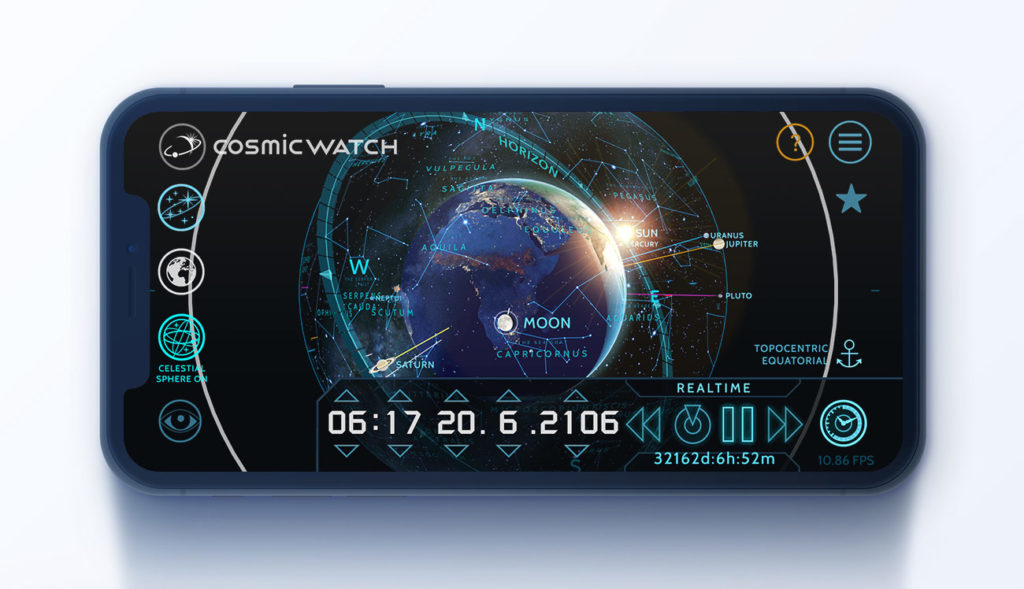
CosmicWatch: space and time
